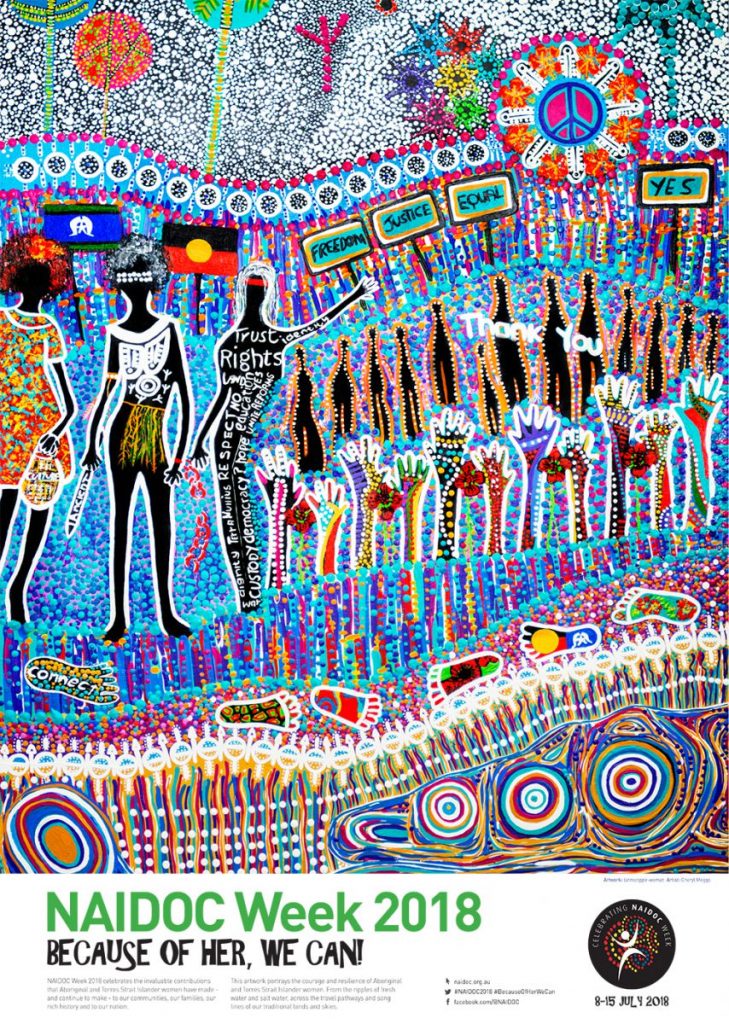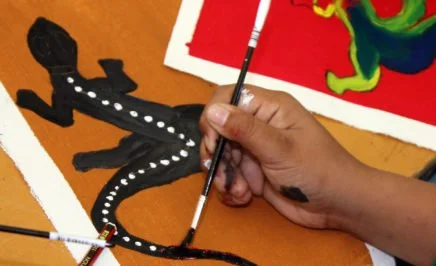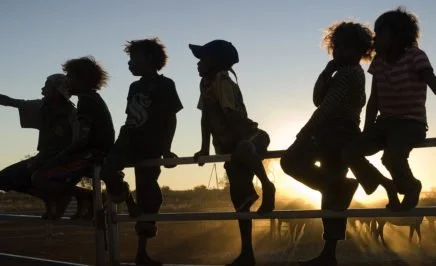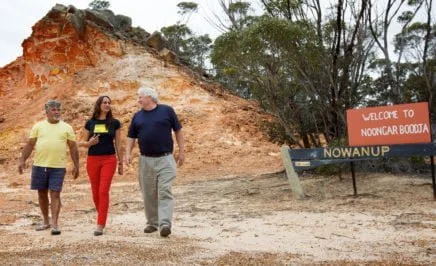This NAIDOC Week we’re celebrating Aboriginal and Torres Strait Island culture, talent and resilience. Find out more about NAIDOC Week and how you can get involved in your local area.
What does NAIDOC stand for?
Okay, it’s a long one: NAIDOC stands for ‘National Aboriginal and Islanders Day of Observance Committee’.
NAIDOC Week is celebrated every year during the first full week in July and this year it runs from 8 to 5 July.
This year’s theme celebrates the crucial role Aboriginal and Torres Strait Islander women play at community, state and national levels.
NAIDOC Week: a brief history
NAIDOC Week became a week-long event in 1975 but its roots can be traced back to the Indigenous protest movement of the 1920s and the civil rights gathering known as the Day of Mourning, held in 1938.
1924–32: Several organisations, including the Australian Aborigines Progressive Association (AAPA) and Australian Aborigines League (AAL), are founded to give structure to a burgeoning protest movement against poor treatment of Indigenous Australians. The efforts of these organisations were largely overlooked and the AAPA abandone their work in 1927 due to police harassment.
1938–55: On Australia Day, 1938, protestors march in Sydney. Known as the Day of Mourning, this is one of the first major civil rights gatherings in the world.
The Day of Mourning is held annually on the Sunday before Australia Day until 1955, and is known as Aborigines Day. In 1955 Aborigines Day moves to the first Sunday in July so that it can be a celebration of Aboriginal culture and not just a day of protest.
1956: The National Aborigines Day Observance Committee (NADOC) is formed and the second Sunday in July becomes a day of remembrance for Indigenous people.
1972: Department of Aboriginal Affairs is formed as a result of the 1967 referendum.
1974: The NADOC committee is composed entirely of Aboriginal members for the first time.
1975: NADOC becomes a week-long event, running from the first to second Sunday in July.
1991: NADOC is expanded to recognise Torres Strait Islander people and culture. NADOC becomes NAIDOC. This new name becomes the title for the whole week, not just the day. Each year, a theme is chosen to reflect the important issues and events for NAIDOC Week.
Mid-1990s: The Aboriginal and Torres Strait Islander Commission (ATSIC) takes over management of NAIDOC until ATSIC is disbanded in 2004–05.
2018: The theme of NAIDOC 2018 is ‘Because of her, we can’ – celebrating Aboriginal and Torres Strait Islander women.
For a full history, visit the official NAIDOC Week website.

What’s this year’s theme?
Every year, NAIDOC focuses on a theme and city. This year’s theme is ‘Because of her, we can’ and 2018’s National NAIDOC Awards Ceremony will be held in Sydney.
This year’s theme celebrates the crucial role Aboriginal and Torres Strait Islander women play at community, state and national levels. They fight for justice, equal rights, access to education and employment and the right to maintain and celebrate Indigenous culture.
Aboriginal and Torres Strait Islander women have been maintaining the world’s oldest continuing culture through language, music and art for thousands of years. From politicians to activists and doctors to sporting icons, Aboriginal and Torres Strait Islander women continue to inspire and pave the way for generations to come.
Visit the NAIDOC Week website and find out more about this year’s theme.
How you can get involved in NAIDOC Week
From a showcase of Aboriginal and Torres Strait Islander skills and traditions in Sydney, to a NAIDOC-themed art experience for kids in South Australia, there are hundreds of events being held around Australia this week.
Check out the NAIDOC Week website to find events in your area.




